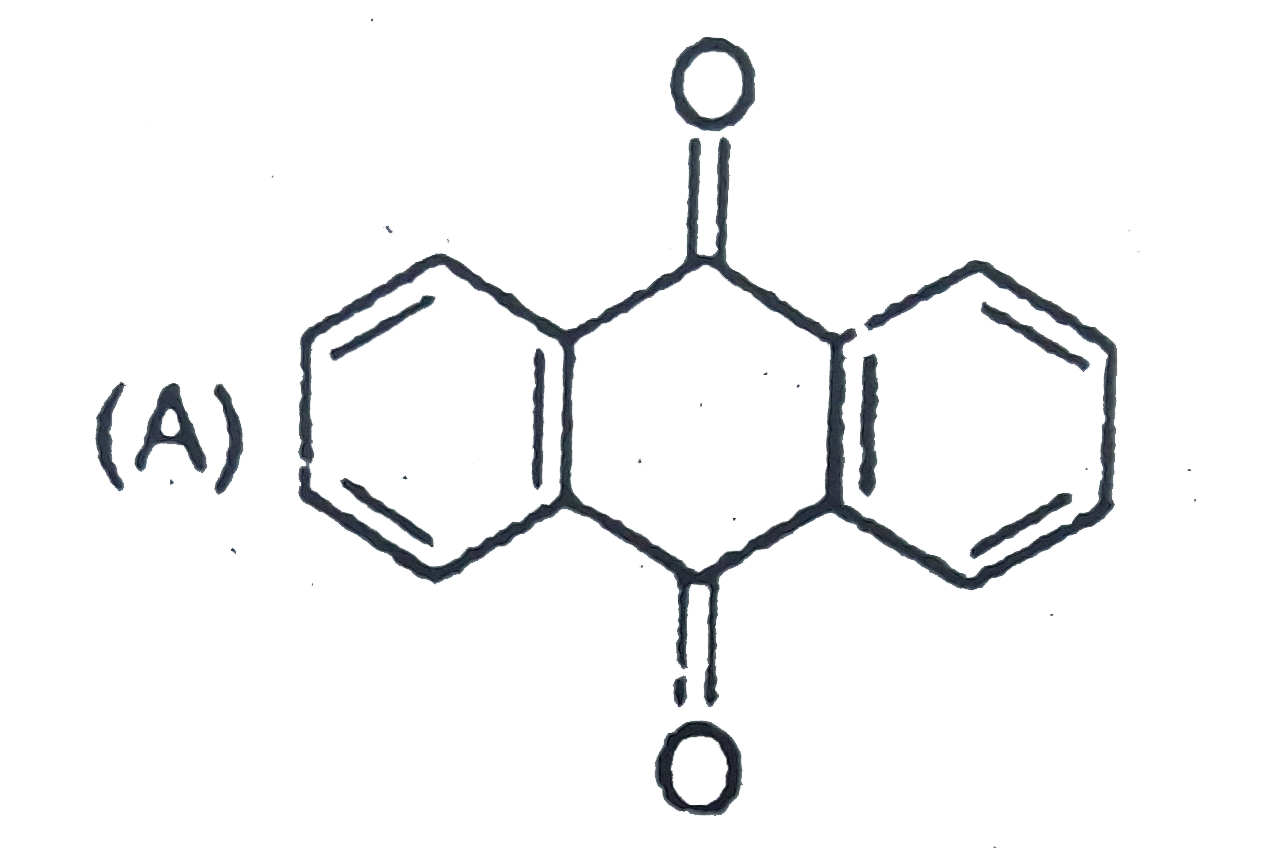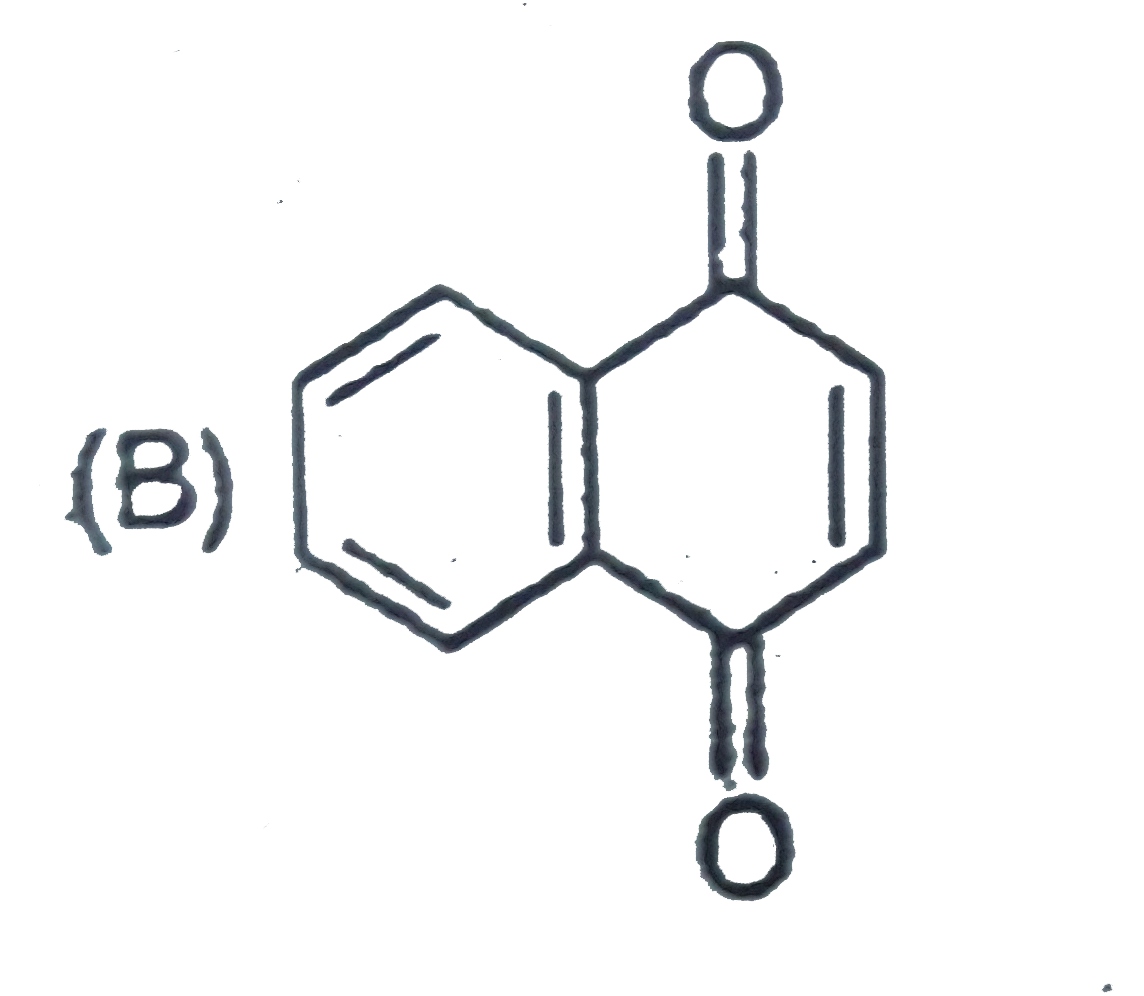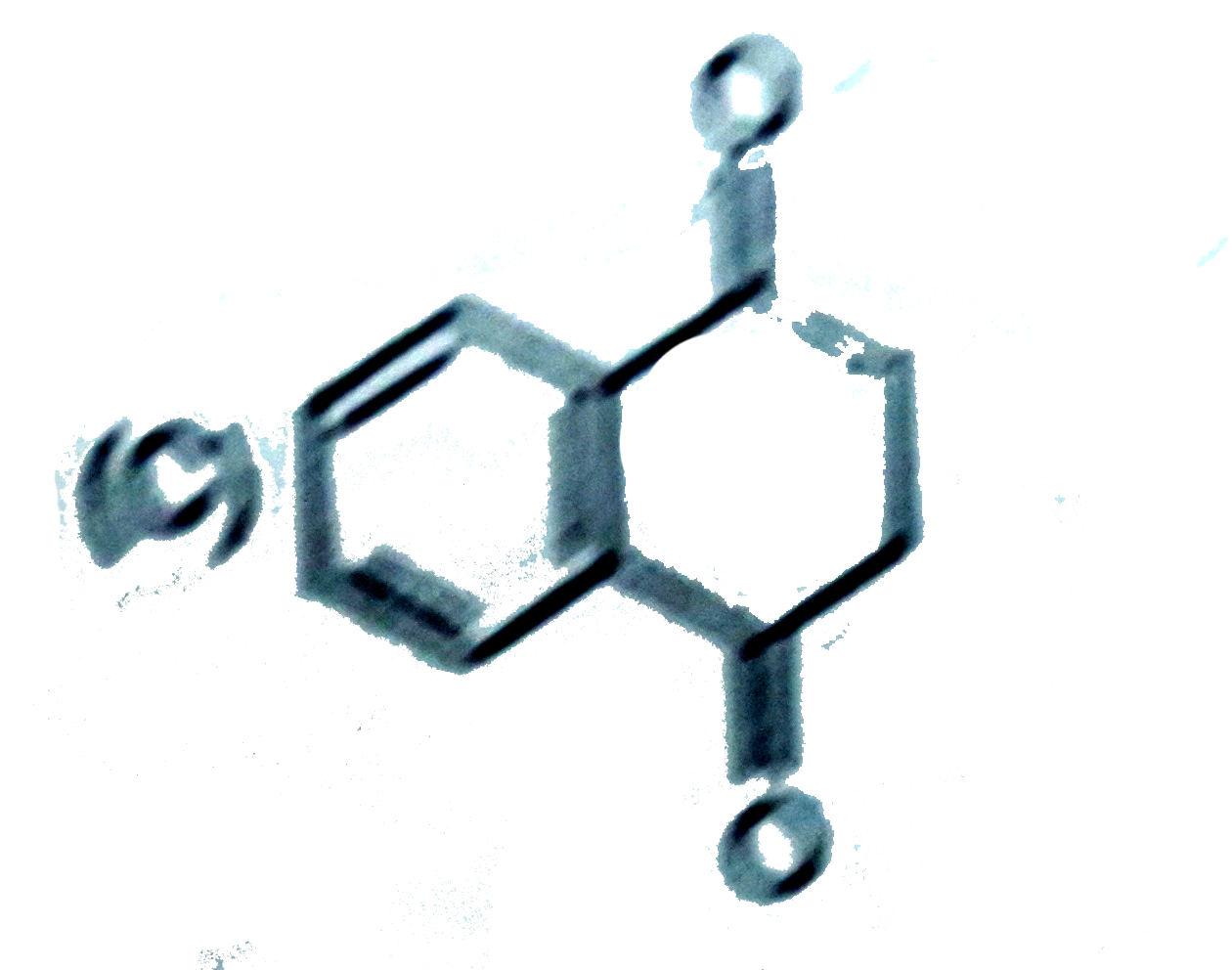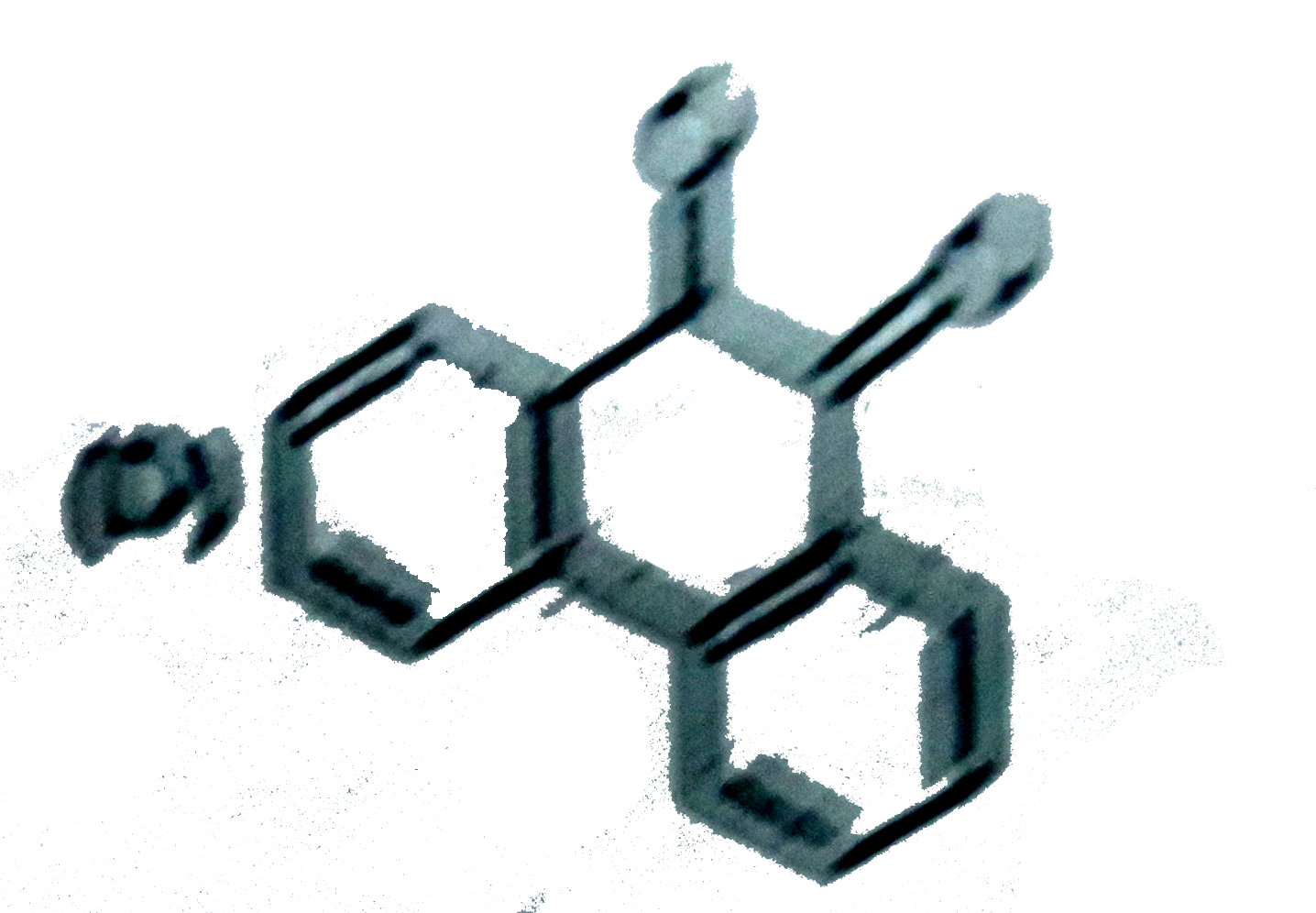What happens when HCOOH is heated at 373K with conc. H2SO4 ?
To understand what happens when formic acid (HCOOH) is heated at 373 K with concentrated sulfuric acid (H₂SO₄), we can break down the process step by step.
1. Identify the Reactants:
- The reactants in this reaction are formic acid (HCOOH) and concentrated sulfuric acid (H₂SO₄).
2. Understand the Role of Concentrated H₂SO₄:
- Concentrated sulfuric acid acts as a dehydrating agent. This means it has the ability to remove water (H₂O) from other substances.
3. Heating the Mixture:
- When formic acid is heated to 373 K in the presence of concentrated sulfuric acid, the heat and the dehydrating nature of sulfuric acid facilitate a reaction.
4. Dehydration Reaction:
- The concentrated sulfuric acid removes a water molecule from formic acid. The dehydration of formic acid leads to the formation of carbon monoxide (CO) and water (H₂O).
5. Products of the Reaction:
- The main products formed from this reaction are carbon monoxide (CO) and water (H₂O).
6. Overall Reaction:
- The overall reaction can be summarized as:
HCOOHH2SO4−−−−→CO+H2O
Conclusion:
When formic acid (HCOOH) is heated at 373 K with concentrated sulfuric acid (H₂SO₄), it undergoes dehydration to produce carbon monoxide (CO) and water (H₂O).
- The reactants in this reaction are formic acid (HCOOH) and concentrated sulfuric acid (H₂SO₄).
- Concentrated sulfuric acid acts as a dehydrating agent. This means it has the ability to remove water (H₂O) from other substances.
- When formic acid is heated to 373 K in the presence of concentrated sulfuric acid, the heat and the dehydrating nature of sulfuric acid facilitate a reaction.
- The concentrated sulfuric acid removes a water molecule from formic acid. The dehydration of formic acid leads to the formation of carbon monoxide (CO) and water (H₂O).
- The main products formed from this reaction are carbon monoxide (CO) and water (H₂O).
- The overall reaction can be summarized as:
HCOOHH2SO4−−−−→CO+H2O
When formic acid (HCOOH) is heated at 373 K with concentrated sulfuric acid (H₂SO₄), it undergoes dehydration to produce carbon monoxide (CO) and water (H₂O).
Topper's Solved these Questions
- BOOK - TARGET PUBLICATIONCHAPTER - NATURE OF CHEMICAL BONDEXERCISE - Competitive Thinking62videos
NATURE OF CHEMICAL BOND
- BOOK - TARGET PUBLICATIONCHAPTER - NATURE OF CHEMICAL BONDEXERCISE - Evaluation test20videos
NATURE OF CHEMICAL BOND
- BOOK - TARGET PUBLICATIONCHAPTER - NATURE OF CHEMICAL BONDEXERCISE - Evaluation test20videos
NATURE OF CHEMICAL BOND
- BOOK - TARGET PUBLICATIONCHAPTER - HYDROGEN EXERCISE - Evaluation test14videos
HYDROGEN
- BOOK - TARGET PUBLICATIONCHAPTER - REDOX REACTIONSEXERCISE - EVALUATION TEST15videos
REDOX REACTIONS
Similar Questions
Knowledge Check
- Question 1 - Select One
KMnO4 is heated with conc. H2SO4 gives
AMn2O7BMnO2CMnSO4DMnO - Question 2 - Select One

What product is obtained when (X) is heated with conc. H2SO4A B
B C
C D
D
Write the structural formula of ethanol. What happens when it is heated with excess of conc. H2SO4 acid at 443 K? Write the chemical equation for the reaction, starting the role of conc. H2SO4 acid in this reaction.
View SolutionWhat happens when ethanol is treated with conc. H2SO4 at 443 K ?
View SolutionWhat happens when : (i) Ethanol is mixed with conc. H2SO4 at 273K.
View SolutionState what happens when Gypsum is heated at 373 K.
View SolutionWhat happens when :
(i) Formic acid reacts with conc H2SO4.
(ii) Acetic acid reacts with Cl2 in the presence of red P.
Calcium acetate is heated.View SolutionWhat happens when potassium dichromate is heated with conc. H2SO4 and a solution of NaCl ? Give equations.
View Solution

